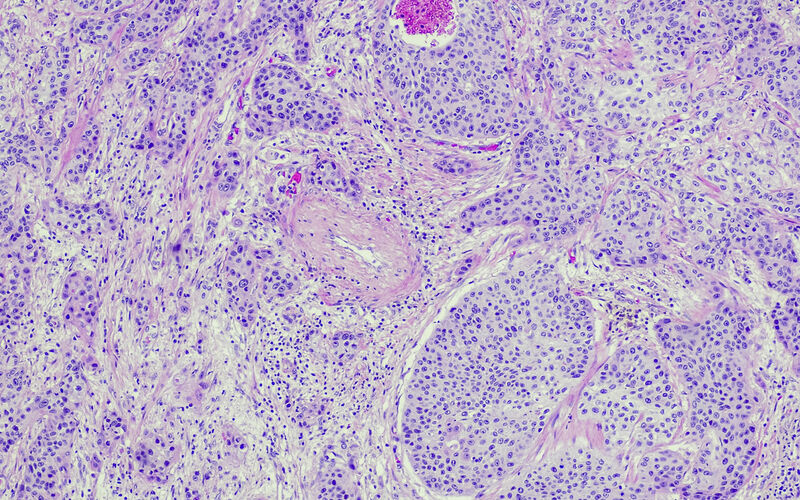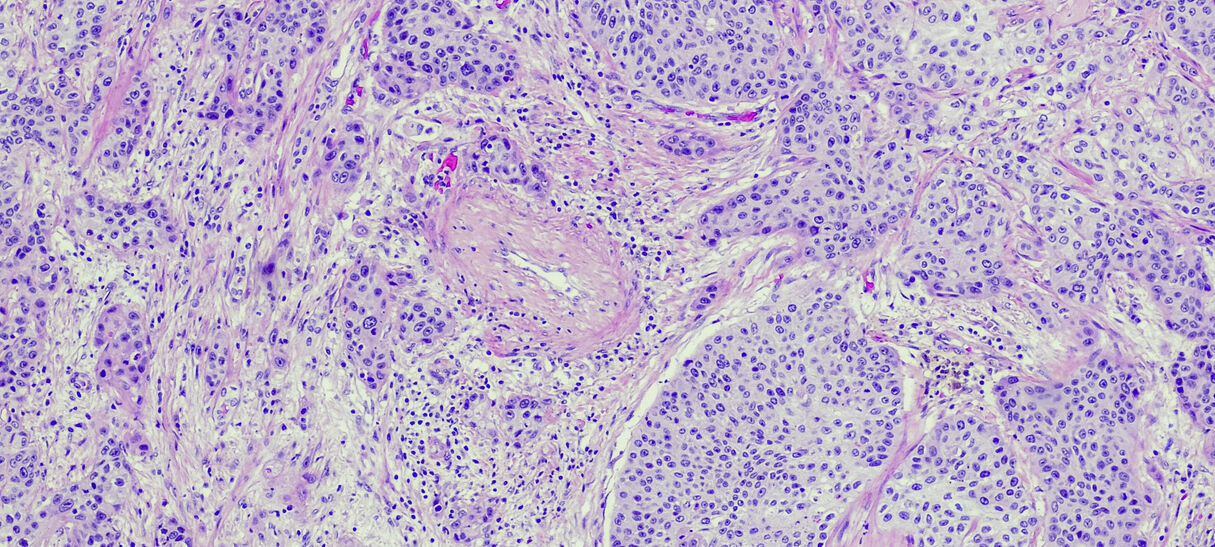Blood Test Boosts Accuracy in Staging and Treating Upper Tract Urothelial Carcinoma
Upper tract urothelial carcinoma (UTUC) is a rare and often aggressive cancer that affects the lining of the kidneys and ureters — the tubes that carry urine from the kidneys to the bladder.
Unlike bladder cancer, where tumors can be directly examined and biopsied, UTUC develops in the upper urinary tract, making it difficult to accurately stage the disease and determine how aggressive it is before selecting the best treatment plan.

Roger Li, MD
“We are currently working with very tiny instruments in navigating through the ureter into the kidney to take tiny biopsies, and oftentimes as urologists we're hard-pressed even to get tissue to make the diagnosis, let alone making the determination how deep it invades into the tissue,” said Roger Li, MD, a genitourinary oncologist at Moffitt Cancer Center.
If the cancer is invasive, or has spread deeper into the tissue, patients often benefit from chemotherapy before undergoing surgery to remove the kidney and ureter. However, if the stage is misjudged and the patient has surgery first, they may lose too much kidney function to safely receive chemotherapy afterward.
“We have to have accurate staging up front to determine which patients will benefit from chemotherapy and which patients will not,” Li said.
New research from Moffitt, presented by Li at the year’s American Society of Clinical Oncology Genitourinary Cancers Symposium, could change how UTUC is staged and treated. The study explores the use of circulating tumor DNA (ctDNA) — tiny fragments of tumor DNA that are shed into the bloodstream — to provide a clearer picture of a patient’s cancer without the need for invasive biopsies.
“You can determine [ctDNA] to be tumor-associated because there are specific mutations that can be found in the tumor that are also only found in these bits and pieces of DNA, and through a non-invasive way, we can understand whether or not there is a tumor within the body,” Li said.
The study analyzed blood samples from 30 high-risk UTUC patients before surgery. Researchers looked for tumor DNA in the blood using advanced genetic sequencing and compared it to DNA from the actual tumors after surgery.
The findings showed patients with invasive cancer had higher levels of ctDNA in their blood than those with noninvasive cancer. Patients with detectable ctDNA faced worse outcomes, including a higher risk of disease progression and lower survival rates.
These results suggest ctDNA could serve as a prognostic marker, helping doctors better predict outcomes and tailor treatments to each patient.
“It’s certainly a proof of concept that needs to be validated in bigger studies. But if implemented in all upper tract urothelial carcinoma patients, I think it's going to be a very powerful tool,” Li said.
In addition to the blood test, the team is exploring urine-based ctDNA testing, which could be even more effective for diagnosing and staging UTUC. Since UTUC starts in the urinary tract, urine samples could provide a clearer picture of the genetic mutations, offering a less invasive and more accurate way to track the disease.
“Up until now, care for urothelial cancer patients has been administered in a one-size-fits-all approach,” Li said. “But now we are understanding ways to personalize it based on tumor characteristics and molecular signatures detected through simple blood or urine tests. This allows us to improve treatment for those who need it while reducing the burden on those who don’t.”




